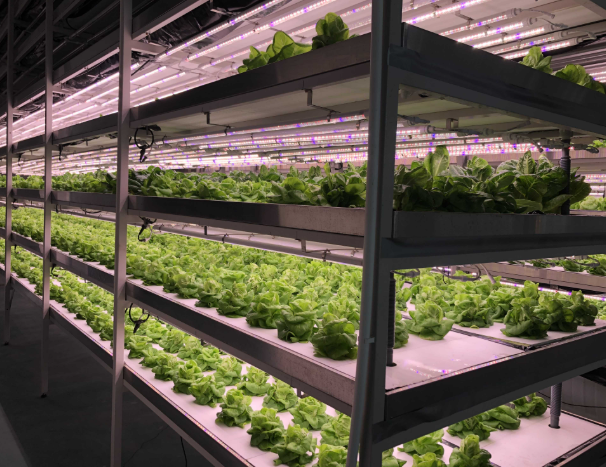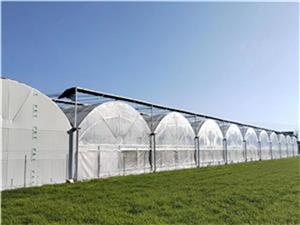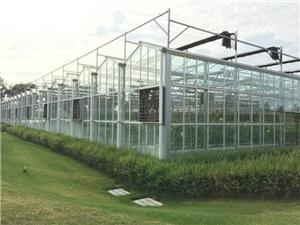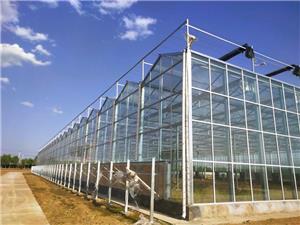Smart agriculture stands as a vital goal in the evolution of modern agriculture. Today, it has become synonymous with high technology—no longer a distant concept, but a core technological driver propelling agricultural advancement. A primary manifestation of modern smart agriculture is the smart greenhouse; its application provides robust technological support for the sustainable development of the agricultural sector.
Smart greenhouse technology integrates the Internet of Things (IoT), cutting-edge modern science and technology, resource integration technology, and energy recycling. It leverages a suite of innovative solutions, including shadowless glass technology, soilless cultivation, smart greenhouse RFID (Radio-Frequency Identification) technology, photovoltaic power generation, harvesting robots, intelligent sorting systems, smart sprinkler irrigation, and advanced IoT systems. This integration enables end-to-end automated operations, covering the entire agricultural value chain from seed selection, smart greenhouse planting, irrigation, and fertilization to environmental control, harvesting, packaging, transportation, storage, and sales.
Core Functions
1. Automated Monitoring
Crop growth is highly dependent on environmental conditions, requiring precise monitoring of multiple parameters. Any deviation from optimal parameter ranges can significantly impact crop yields. Through the automated monitoring and control of smart devices, environmental parameters (e.g., temperature, humidity, light intensity, and CO₂ levels) are tracked accurately and in real time—an essential feature that defines the intelligence of smart greenhouses.
2. Energy Efficiency
Energy efficiency is a critical metric across all industries, and modern technology places strong emphasis on energy recycling and environmental protection. Smart greenhouses excel in both energy conservation and operational convenience: they use solar heat collectors to meet the smart greenhouse thermal energy needs, and deploy solar panels (including amorphous silicon solar cells) to convert solar energy into electricity, powering the greenhouse’s control systems and equipment.
3. Intelligent Irrigation
Intelligent irrigation (including drip irrigation and sprinkler irrigation) is a core function of smart greenhouses. Drip irrigation not only delivers water directly to crop roots but also enables the uniform mixing of water and fertilizer, ensuring precise nutrient supply. Sprinkler irrigation systems, meanwhile, allow for adjustable water flow rates and spray sizes, and support zoned control and targeted irrigation—playing a pivotal role in maintaining optimal moisture levels throughout the greenhouse.
4. RFID Technology Application
Each crop or plant is paired with a traceable RFID chip. During the intelligent sorting process, the system retrieves key data stored in the chip, such as the plant’s growth environment (e.g., temperature, humidity, and fertilization records) and real-time product information, enabling full traceability and data-driven quality control.






